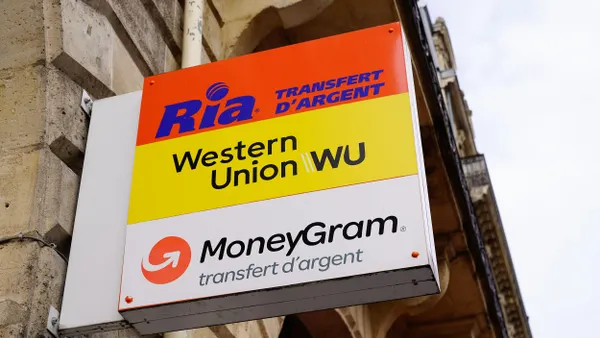It’s no secret that commercial card rebates and rewards motivate companies to spend smarter and improve their cash flow management. However, simply implementing a commercial card program is often not enough to fully optimize all the incentives offered by your bank.
“There’s a lot that goes into maximizing the benefits that a commercial card program provides, from engaging employees to creating clear expense policies,” says Sarah Fortune, head of global relationship management for the middle market at U.S. Bank, which offers the Commercial Rewards Card. Designed for middle market companies, the U.S. Bank Commercial Rewards Card is backed by an all-in-one card, expense and travel management platform powered by TravelBank.
Fortune notes that a strategic approach to using your commercial card program can make all the difference, ensuring you’re leveraging your card rewards or rebates to manage spend and improve your overall financial performance. Here’s how to make the most of your rebates or rewards:
1. Create an expense policy and enforce it.
“In order to have an effective program, whether it’s rewards or rebate, you need to have a mandated policy,” Fortune says. That means creating clear expectations for when and how employees use their commercial cards, and potential consequences for when they use their own cards.
The latter is often a temptation, especially for those employees who may be used to earning personal rewards from their corporate spending. But for your business to benefit from rewards or to meet the spending threshold for a rebate, your employees need to use the card provided to them. And a clear policy that mandates doing so ensures that happens.
2. Set rebate or reward goals.
Instead of viewing card rebates or employee rewards as a perk, view them as a strategic part of your budget. Fortune says that many U.S. Bank commercial card clients set spending goals to reach specific rebate amounts. “They plan for how much rebate they want to earn and how much cost savings they can drive to the bottom line by implementing different card practices,” Fortune says. The same goes for rewards, with organizations setting goals and planning to use rewards (e.g., gift cards, cash cards) to fund specific line items in the budget, such as employee recognition or holiday parties.
3. Integrate your commercial card and expense platform.
Integrating your commercial card with your expense platform yields insights about spending patterns, opportunities for savings and potential for negotiations with travel vendors, key suppliers and more. The improved visibility also enhances your financial forecasting, enabling more accurate spending predictions and financial models.
On the employee side, integrated products like the U.S. Bank Commercial Rewards Card backed by the TravelBank platform make it easier for employees to monitor, track and submit their expenses. The intuitive, user-friendly system saves employees time and often increases employee engagement.
4. Engage and incentivize your employees.
A corporate expense policy requiring employees to use commercial credit cards helps spur adoption. However, added incentives can engage employees even further and help your company save. The U.S. Bank Commercial Rewards Card rewards employees for saving money on travel expenses. For instance, say an employee has a $250 budget per night for hotels. If they book a room for $200, they can earn half of that savings as a reward (and the company earns the other half). “Programs like this can increase employee engagement because the employees are motivated to save, but it’s also helping the company’s bottom line,” Fortune says.
5. Collaborate with suppliers.
There’s a common misconception that suppliers won’t accept credit card payments—or that if they do, they’ll add a fee. However, Fortune says that companies increasingly negotiate payment terms with suppliers, enabling them to use their cards, benefit from the rebates or rewards, and avoid added fees. For instance, instead of a surcharge, companies may offer to pay the supplier 15 days earlier with a credit card.
“We’re seeing more suppliers willing to accept credit cards, which benefits both parties,” Fortune says. The suppliers receive payment sooner, and companies gain more visibility into their spending, which improves their negotiating power down the road and enables them to optimize the benefits of their card program.
Rebate and reward programs can play an essential role in your company’s overall financial performance. Create a commercial card strategy to ensure you’re maximizing all the benefits offered.
Interested in learning more about how you can maximize the benefits of the U.S. Bank Commercial Reward Card? Connect with a corporate payment solutions expert today.










